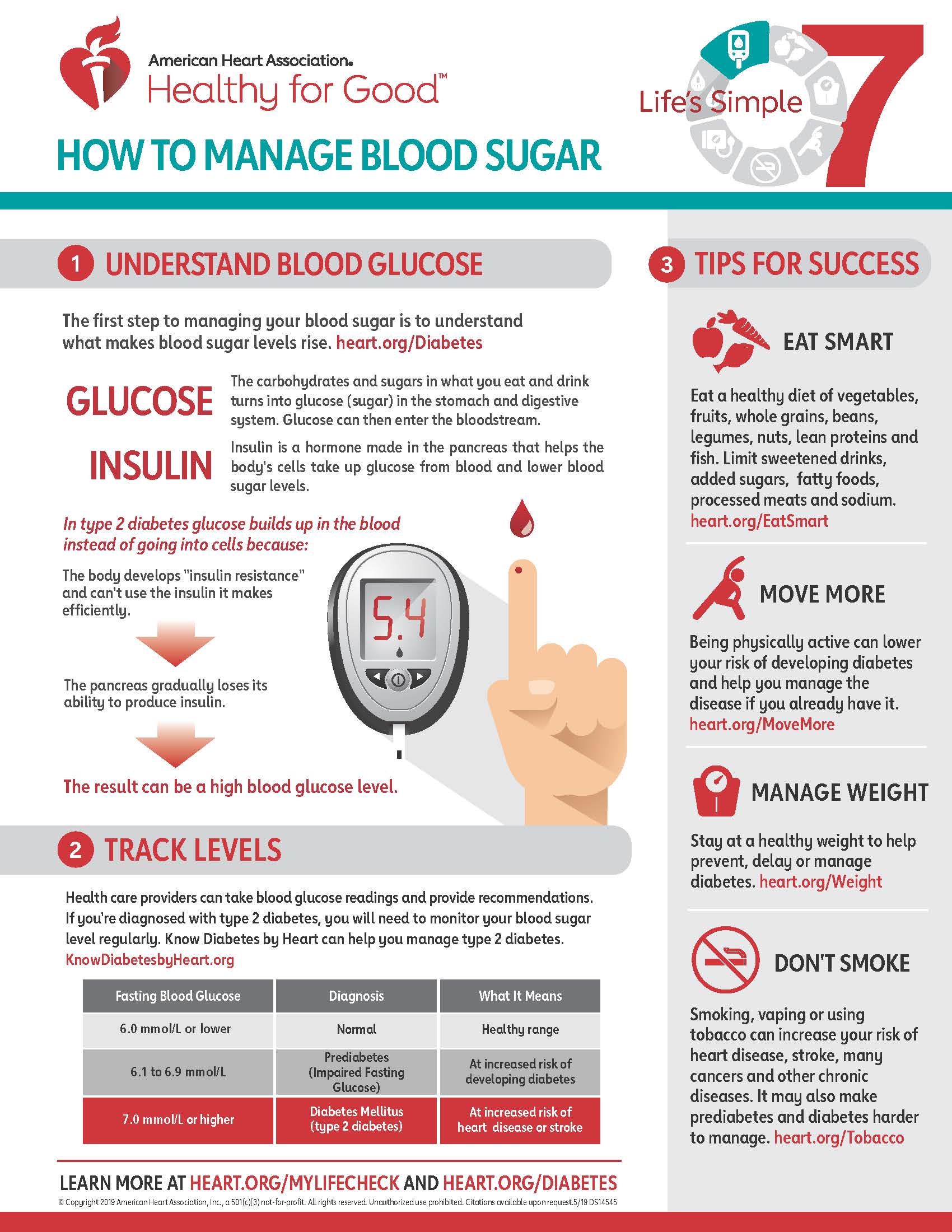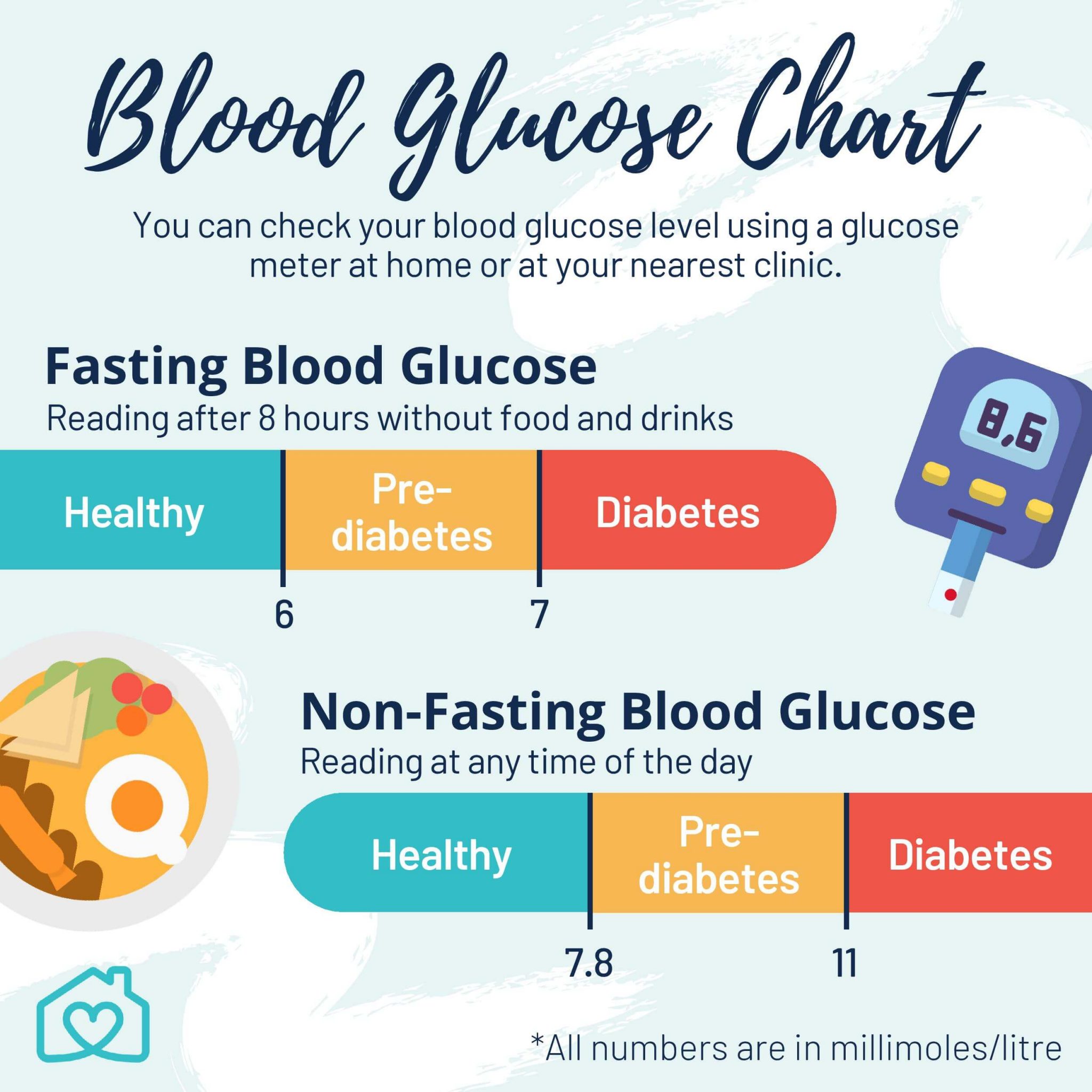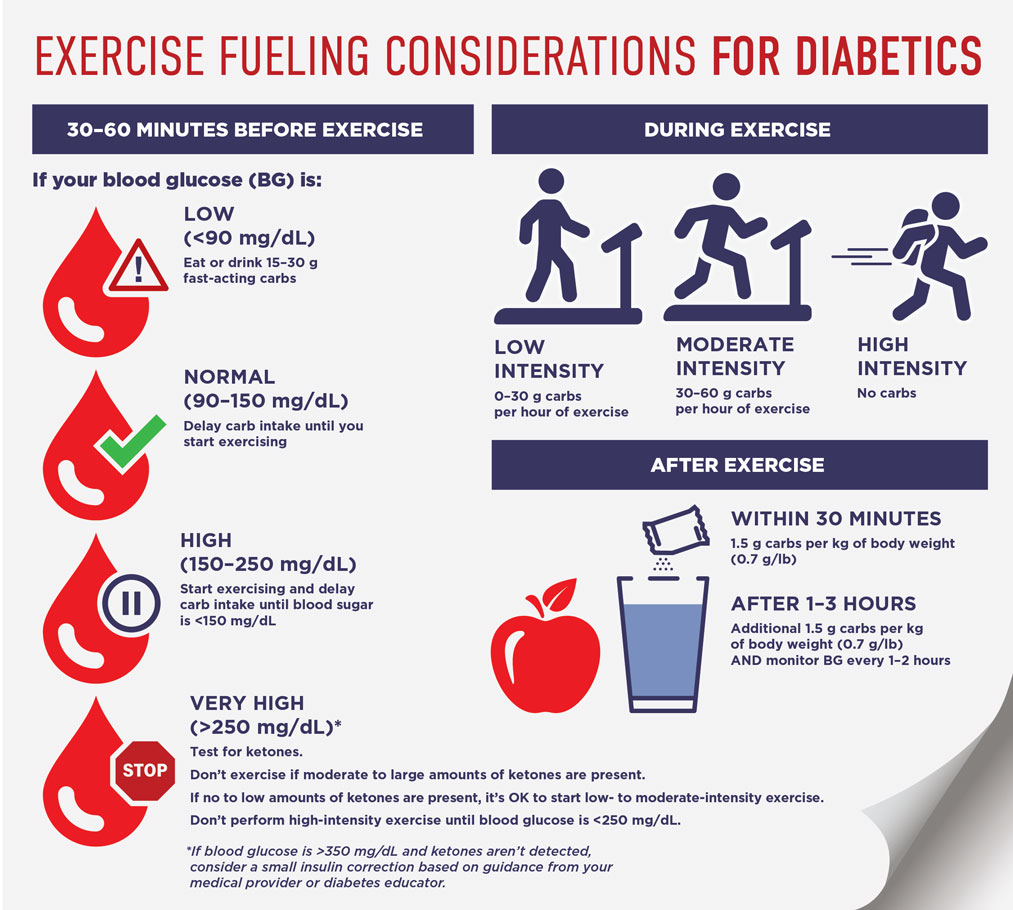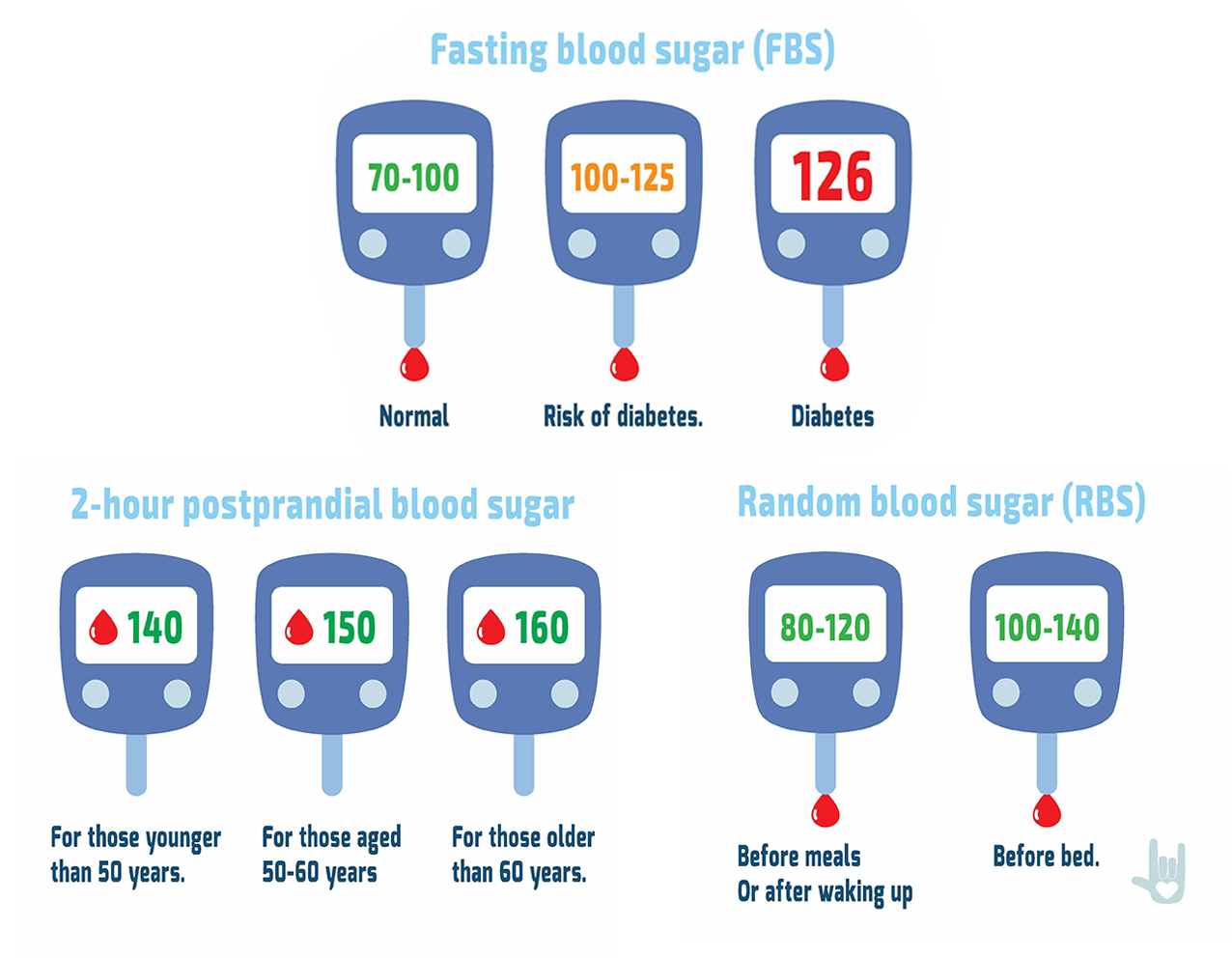Understanding Blood Glucose and Exercise
Exercise and blood glucose levels have a complex relationship. Generally, physical activity tends to lower glucose levels in the body due to increased insulin sensitivity and glucose uptake by the muscles. However, there may be instances where blood glucose levels remain high or even increase after exercise, which can be a cause for concern and should be investigated. The phenomenon of high glucose levels after exercise is often referred to as “rebound hyperglycemia” or “delayed post-exercise hypoglycemia.”
The Impact of Intense Exercise
Intense exercise can sometimes cause a temporary increase in blood glucose levels due to the body’s stress response. During high-intensity exercise, the body releases stress hormones such as cortisol and adrenaline, which can trigger the liver to release stored glucose (glycogen) into the bloodstream. This effect can lead to elevated glucose levels, even after the exercise session has ended. However, it is important to note that this effect is usually short-lived and not a cause for concern in the long term.
For individuals with diabetes, managing blood glucose levels during and after intense exercise is crucial. It is essential to monitor glucose levels closely and adjust medication doses and nutrition plans as needed. Proper warm-up and cool-down periods can also help prevent rebound hyperglycemia after intense exercise. It is important to communicate with healthcare providers about exercise plans and any concerns about blood glucose levels.
The Role of Food and Timing
Proper nutrition and timing around exercise sessions are crucial for managing blood glucose levels. Consuming carbohydrate-rich foods before or during exercise can lead to elevated glucose levels, as the body may not have enough time to properly process and utilize the glucose before, during, or after exercise. This can result in high glucose levels that persist even after the exercise session has ended.
It is essential to plan meals and snacks around exercise sessions to ensure proper nutrition and glucose management. Consuming a balanced meal or snack that includes carbohydrates, protein, and healthy fats 1-3 hours before exercise can help provide sustained energy and prevent rebound hyperglycemia. Similarly, consuming a balanced meal or snack within 30 minutes to an hour after exercise can help replenish glycogen stores and promote proper glucose management.
It is also important to note that individual nutritional needs may vary based on factors such as age, weight, fitness level, and medication regimen. Therefore, it is essential to communicate with healthcare providers about nutrition and exercise plans and any concerns about blood glucose levels.
Medication and Exercise: Why Is My Glucose High After Exercise?
Exercise and blood glucose management are closely intertwined for individuals with diabetes. Regular physical activity helps regulate glucose levels, but there are instances where glucose levels might remain high even after exercise. One possible explanation for this phenomenon is the interaction between medication and exercise.
For individuals taking insulin or oral diabetes drugs, exercise can affect blood glucose levels in various ways. These medications are designed to lower blood glucose levels, but their effectiveness can be influenced by physical activity.
Insulin, for example, can have a delayed effect during exercise, causing glucose levels to drop several hours after physical activity. Conversely, insulin may cause glucose levels to drop too quickly during exercise, leading to hypoglycemia (low blood glucose). In some cases, insulin doses may need to be adjusted before or after exercise to prevent such fluctuations.
Similarly, oral diabetes drugs can also impact blood glucose levels during and after exercise. Some of these medications, such as sulfonylureas, can cause the pancreas to release more insulin, which may lead to hypoglycemia if glucose levels are not properly managed.
To avoid high glucose levels after exercise due to medication, it is essential to communicate with healthcare providers about exercise habits and medication management. Healthcare providers can offer guidance on adjusting medication doses, monitoring glucose levels, and selecting appropriate exercise types and intensities.
In addition to proper medication management, it is crucial to maintain a consistent eating pattern around exercise sessions. Consuming carbohydrate-rich foods before or during exercise can lead to elevated glucose levels, while eating too little can result in hypoglycemia. Balancing food intake with exercise and medication can help maintain stable blood glucose levels.
In summary, medication can play a significant role in blood glucose responses to exercise. Proper medication management, communication with healthcare providers, and consistent nutrition practices can help prevent high glucose levels after exercise. By understanding the interaction between medication and exercise, individuals with diabetes can optimize their glucose management and overall health.
https://www.youtube.com/watch?v=TOTZDjAyar0
Hormonal Responses to Exercise: Why Is My Glucose High After Exercise?
Exercise and blood glucose management are closely related, with physical activity generally lowering glucose levels in the body. However, there are instances where glucose levels might remain high even after exercise. One possible explanation for this occurrence is the body’s hormonal responses to exercise.
During exercise, the body releases hormones such as cortisol, adrenaline, and growth hormone to help provide energy for the activity. These hormones can cause a temporary increase in blood glucose levels by stimulating the liver to release stored glucose (glycogen) into the bloodstream.
Cortisol, often referred to as the “stress hormone,” helps regulate metabolism and blood glucose levels. Adrenaline, or epinephrine, is released in response to physical stress, such as intense exercise, and plays a role in the “fight or flight” response. Growth hormone, secreted by the pituitary gland, helps regulate metabolism, growth, and blood glucose levels.
These hormonal responses to exercise can cause a temporary increase in blood glucose levels, particularly after intense workouts. However, this effect is usually short-lived and not a cause for concern in individuals without diabetes. In fact, regular exercise can help improve insulin sensitivity and overall blood glucose management in the long term.
For individuals with diabetes, it is essential to monitor blood glucose levels closely during and after exercise to ensure proper management. Hormonal responses to exercise can sometimes lead to high glucose levels, but this can be managed with proper medication adjustments, nutrition, and exercise planning.
In conclusion, hormonal responses to exercise can cause a temporary increase in blood glucose levels due to the release of cortisol, adrenaline, and growth hormone. While this effect is usually not a cause for concern in individuals without diabetes, it is crucial for those with diabetes to monitor their glucose levels and adjust their medication, nutrition, and exercise plans as needed. By understanding the hormonal responses to exercise, individuals with diabetes can optimize their glucose management and overall health.
Individual Variability and Genetics: Why Is My Glucose High After Exercise?
Exercise and blood glucose management are closely intertwined, with physical activity generally lowering glucose levels in the body. However, there are instances where glucose levels might remain high even after exercise. One possible explanation for this phenomenon is individual variability and genetics.
Genetic factors can influence how an individual’s body responds to exercise, including blood glucose regulation. Some people may be more prone to experiencing high glucose levels after exercise due to genetic variations that affect insulin sensitivity, glucose metabolism, and hormonal responses.
For instance, certain genetic variations can impact the body’s ability to produce or utilize insulin effectively, leading to impaired glucose tolerance and an increased risk of high glucose levels after exercise. Additionally, genetic factors can influence the release and activity of hormones such as cortisol, adrenaline, and growth hormone, which can cause temporary increases in blood glucose levels during and after exercise.
While individual variability and genetics can play a role in high glucose levels after exercise, it is essential to consider other factors such as medication, nutrition, and exercise intensity. Proper medication management, balanced nutrition, and appropriate exercise planning can help mitigate the impact of genetic factors on blood glucose regulation.
In conclusion, individual variability and genetics can affect blood glucose responses to exercise, with some people being more prone to experiencing high glucose levels after physical activity. By understanding the role of genetics in glucose regulation, individuals with diabetes can optimize their glucose management and overall health. Proper medication management, balanced nutrition, and appropriate exercise planning can help mitigate the impact of genetic factors on blood glucose levels.
Managing High Glucose Levels After Exercise: Practical Tips
Exercise and blood glucose management are closely related, with physical activity generally lowering glucose levels in the body. However, there are instances where glucose levels might remain high even after exercise. If you find yourself asking, “why is my glucose high after exercise,” consider the following practical tips to manage high glucose levels.
1. Monitor blood glucose levels closely: Regularly check your blood glucose levels before, during, and after exercise to understand how your body responds to physical activity. This information can help you make informed decisions about medication adjustments, nutrition, and exercise planning.
2. Adjust medication doses: Depending on the duration and intensity of your exercise session, you may need to adjust your medication doses to prevent high or low glucose levels. Consult with your healthcare provider to determine the best medication management strategy for your exercise routine.
3. Modify nutrition and exercise plans: If you experience high glucose levels after exercise, consider modifying your nutrition and exercise plans. This may include reducing carbohydrate intake before or during exercise, increasing the duration or intensity of your workout, or incorporating more low-impact activities into your routine.
4. Communicate with healthcare providers: Regularly communicate with your healthcare team about your exercise habits, blood glucose levels, and any concerns related to diabetes management. They can provide guidance on proper medication management, nutrition, and exercise planning to help optimize your glucose control.
In conclusion, managing high glucose levels after exercise involves monitoring blood glucose levels closely, adjusting medication doses, modifying nutrition and exercise plans, and maintaining open communication with healthcare providers. By understanding how to manage high glucose levels after exercise, individuals with diabetes can optimize their glucose management and overall health.
When to Seek Medical Attention for High Glucose Levels After Exercise
Exercise and blood glucose management are closely related, with physical activity generally lowering glucose levels in the body. However, there are instances where glucose levels might remain high even after exercise. If you find yourself asking, “why is my glucose high after exercise,” it is essential to understand when to seek medical attention for high glucose levels.
1. When levels remain elevated for an extended period: If your blood glucose levels remain high (above 180 mg/dL) for more than a few hours after exercise, it may indicate an underlying issue that requires medical attention. Persistently high glucose levels can lead to long-term complications, so it is crucial to consult with your healthcare provider.
2. When symptoms of hyperglycemia are present: If you experience symptoms of hyperglycemia, such as increased thirst, frequent urination, fatigue, or blurred vision, after exercise, it may indicate that your glucose levels are too high. Seek medical attention if these symptoms persist or worsen.
3. When there are concerns about underlying medical conditions: If you have underlying medical conditions, such as heart disease, kidney disease, or nerve damage, high glucose levels after exercise may indicate a more severe issue. Consult with your healthcare provider to ensure that your diabetes management plan is appropriate for your overall health.
In conclusion, seeking medical attention for high glucose levels after exercise is crucial when levels remain elevated for an extended period, when symptoms of hyperglycemia are present, or when there are concerns about underlying medical conditions. By understanding when to seek medical attention, individuals with diabetes can optimize their glucose management and overall health.







